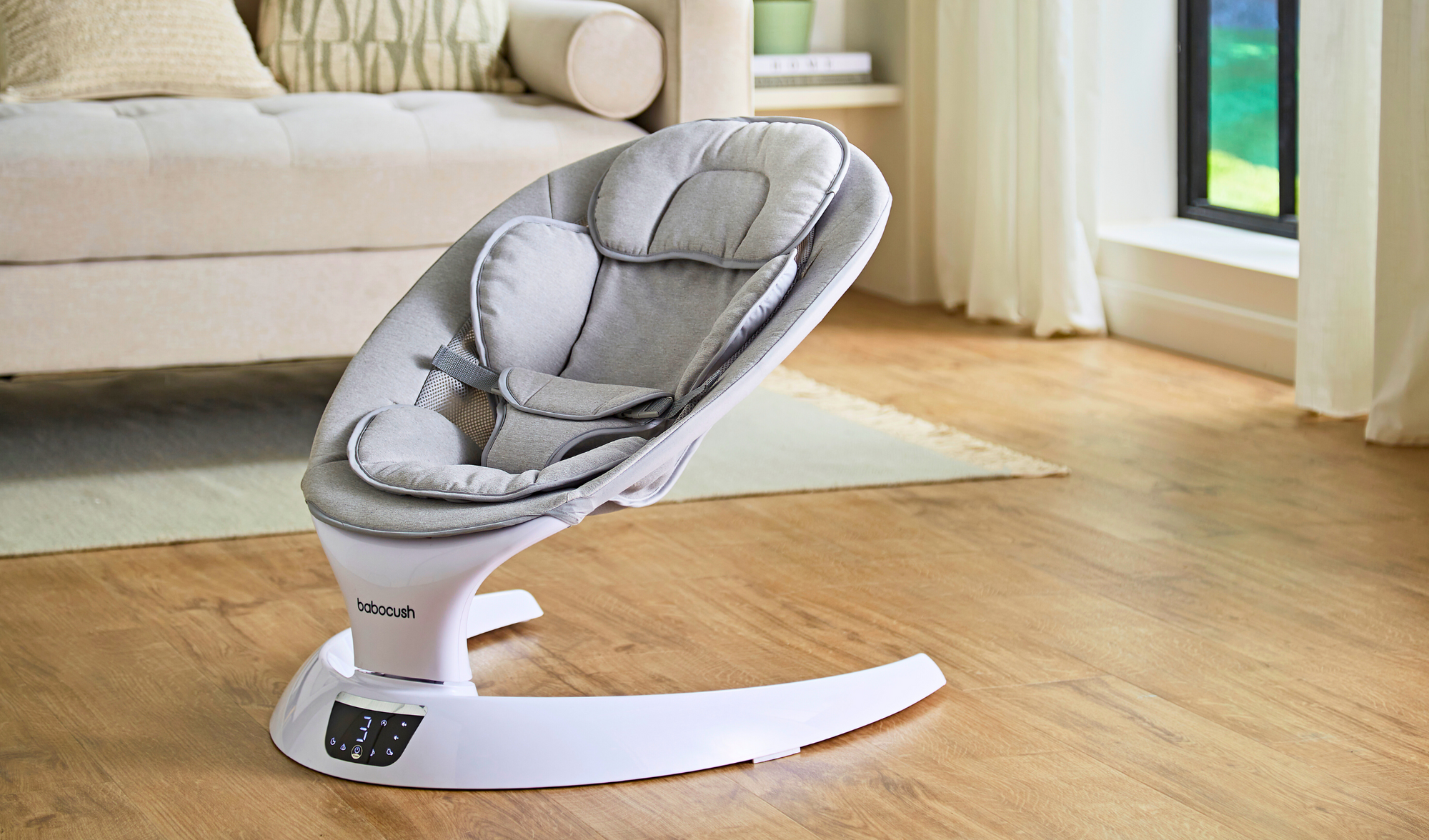Gastro-oesophageal reflux disease affects up to half of all babies under the age of three months. It can happen several times throughout the day, especially after meals. When food is swallowed into the stomach, but subsequently regurgitates back into the oesophagus (food pipe), this is known as regurgitation. It may then return to the stomach (and down the gastrointestinal tract), or it may wash up to the mouth or beyond, resulting in a vomit or feed spill.
Why do so many babies get reflux?
Multiple elements normally work together to keep food in the stomach when we swallow it. For starters, most people eat while sitting up, so gravity helps the food stay down. Second, we eat food that is heavy and dense enough to stay in the stomach. Third, we have a lower esophageal sphincter, which is a muscular band that wraps around the lower end of the oesophagus and helps to prevent food from returning up. Fourth, our oesophagus is relatively long, which helps to extend the distance that food must travel to return back up.
These elements are absent in infants. They spend the most of their time lying down, consuming just liquids, their muscles are not yet fully grown, and their oesophagus is still relatively small. As a result, babies are significantly more prone to regurgitate their milk.
Reflux in babies isn't always a terrible thing. It is a way for the body to relieve the pressure and pain of an overfull stomach after eating a significant volume of milk (and air) during a feed.
What are the symptoms?
Reflux is fairly prevalent in babies, and many of them show no signs or symptoms. A tiny leakage of milk after a feed is the most prevalent indication of reflux. Regurgitation occurs when milk mixes with stomach acid and then washes back up the oesophagus, causing pain.
Distress or pain with feeds, sobbing during or after feeds, or more substantial vomiting with feeds are all possible indications. Some babies are unable to gain weight because they refuse or vomit so much of their feed. Some even lose weight.
Many issues, including colic, cow's milk protein intolerance, infections, and underlying gastrointestinal diseases, might be caused by things other than reflux. Prior to obtaining a diagnosis of reflux, a medical review might help to rule out any other possible causes.
The term "silent reflux" refers to a baby regurgitating a meal into the oesophagus but not all the way to the mouth. It can still lead to discomfort and distress, but doesn’t cause vomiting or a spill of milk, so it can be difficult for a parent to identify the cause of the distress.
Treatment
Reflux in babies normally does not necessitate additional tests or treatment because it does not usually create severe difficulties and the symptoms go away on their own. This is because the things that induce reflux (laying down, just drinking liquids, having underdeveloped muscles and a shorter oesophagus) improve throughout time. Furthermore, some of the treatments themselves may be hazardous or ineffective.
It is possible to treat reflux successfully without the use of medicines! The babocush helps prevent reflux and colic by holding your baby securely just like you do, on their tummy, and has the extra comfort of a gentle vibration and heartbeat sound for added relaxation. This gives you the chance to catch your breath as well as them, because reflux is exhausting for both parent and baby.
Allowing a baby to lie prone (tummy down) or on their left side while still awake and calming after a meal is useful, as long as they are supervised. The babocush helps support tummy time, as it is great for strengthening your baby’s neck, back and trunk. The babocush also helps prevent flat-head syndrome, and promotes cognitive development. The babocush allows the airways to remain open and relaxed, reducing time taken to burp your baby.
Does it ever go away?
By the time they are one year old, very few babies with reflux (less than 5%) have any persistent symptoms.
In the interim, make sure your baby's weight is being tracked and that a health professional has examined him or her to ensure that reflux is the most likely diagnosis. Keep in mind that, while reflux is fairly prevalent, it eventually goes away and gets less frequent. Additional treatment and tests are usually ineffective.
A one- to two-week trial of a feed thickening for bottle-fed newborns or baby alginate preparations for breast-fed newborns could help, but only if your doctor recommends it. If your baby's condition does not improve, stop using these.
Other medications should only be used if your infant exhibits specific symptoms and should be provided at the discretion of a physician. Practical techniques such as allowing a baby to rest on their stomach while awake and being supervised, as long as the baby is never permitted to sleep in this position.
Related blogs:


